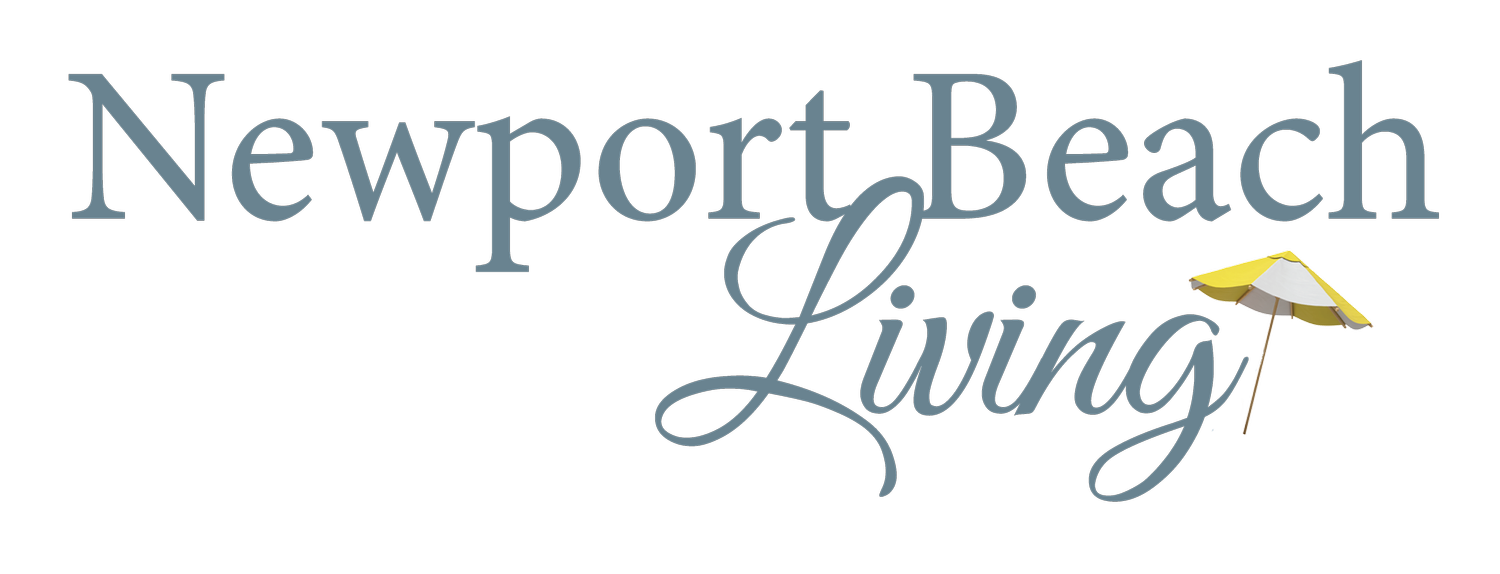5 of the Worst Ideas in Newport Beach History
By: William Lobdell
“5 of Worst Ideas in Newport Beach History.” And by the way, five very bad ideas is a ridiculously low number considering Newport Beach, in one form or another, has been around for more than 150 years. Yeah, I’m defensive about the city. And with that, we’re off!
Worst Idea No. 1: Passing a city law that required licenses for all surfboards.
From 1966 to 1970, surfers in Newport Beach had to pay an annual $3 fee to license their surfboards. If a surfboard didn’t have a license on it (which had to be placed six inches from the fin on the bottom of the board), then the police or lifeguards could confiscate the board, levy fines, and, in some cases, arrest the surfer.
It seems strange from the vantage point of 2022, but the reason Newport Beach officials required a surfboard license was straightforward: they just didn’t like the rapidly growing population of surfers and tried to do anything they could to limit their numbers. Back in the day, surfers didn’t exactly have a stellar reputation; they were not-so-affectionately called “surf bums.” I know this firsthand. In the 1970s, my dad would yell at my big brother for taking up the sport of surfing. Fast forward to today: my brother works as a successful financial planner AND spends his off-hours as a “surf bum,” living on the North Shore of Oahu. Turns out, Dad was half right.
Worst Idea No. 2: Developing Fashion Island as an indoor mall. Back in 1960, when Fashion Island was just a twinkle in the Irvine Company’s eye, an indoor mall, which was all the rage at the time, was on the drawing boards. But then they hired a young architect named Albert Trevino to actually design the shopping center. Al, as he was known, took one look at the property and the plans and told the Irvine Co. Powers That Be that an enclosed mall atop a Newport Beach hill didn’t take advantage of the ocean views, fresh breezes and California sunshine. In other words, what in the world were they thinking? Al got the Irvine Co. execs to change their mind, and a ceilingless Fashion Island opened in 1967. Thanks, Al.
Worst Idea No. 3: Trying to develop Corona del Mar at the turn of the 20th Century. In real estate, it’s not just location, location, location. It’s also timing, timing, timing. In 1904, George F. Hart bought 700 acres of what’s now Corona del Mar from the Irvine Company for a massive development of 2,300 homes, a hotel, and piers on the ocean and bay.
The problem was, Hart was a man ahead of his time. Water service proved to be a challenge, though the larger issue was the remoteness of property. A bumpy dirt road (now Bayside Drive) was the only way in and out of Corona del Mar and that road itself was hard to access. Eleven years after he started, Hart had only sold less than 100 lots. Remember, this is 100 lots out of the 2,600 or about 4%. In 1916, Hart gave up, trading his remaining 400 acres for 5,000 acres in Riverside County.
Worst Idea No. 4: Planning a race-car track on Balboa Island. In the late 1910s, Balboa Island developer W.S. Collins had become obsessed with cars and announced plans for a Balboa Island race-car track, which would run behind the bayfront houses and circle the island. Collins used the proposed race-car track (which would have been a glamorous idea in the early part of the 20th Century) as a selling point, but it never materialized.
Worst Idea No. 5: Allowing Lower Castaways Park to languish, despite being the site of Newport Landing—the city’s Plymouth Rock. Newport Beach is filled with first-class parks, whether they are on the beach, on the bluffs surrounding the harbor and beaches, in picturesque neighborhoods or tucked into the coastal hills. I can’t think of one park that doesn’t live up to Newport Beach standards … except Lower Castaways Park, a 4-acre triangular piece of land bordered by West Coast Highway, Dover Drive, the Upper Newport Bay and the Castaways bluff.
The property is surrounded by a six-foot-high chain link fence, and the entrance to the park on Dover Drive is a gravel driveway. Inside, it doesn’t get any better. It’s just gravel and dirt, large storage containers, some open-air racks for outriggers and a no-frills boat launch.
This is a sad state of affairs for Newport’s most historic property, the place where, beginning in 1870, the first non-native settlers created a bustling “new port.”
But there’s good news. The mistake can be easily erased, and here’s how: turn the land into a historical site that celebrates Newport Beach’s beginnings. You can build a replica of what was known as the captain’s house at Newport Landing. That building could contain historical photos, first-person accounts from those who lived there, a 10-minute video detailing the life at Newport Landing in the 1870s and 80s and maybe its other uses in the 20th Century. The Newport Beach Historical Society could be housed in a separate part of the building, which would serve as a museum for the city’s entire history. Docents could lead weekend tours.
I’m a history nerd, but I think Lower Castaways Park–rebranded as Newport Landing Historical Park–would instantly become one of Newport’s most popular attractions, putting the city’s fascinating origins front and center.
And that would also mean that this worst idea would be relegated to the past, joining the other four on history’s scrapheap. And that would be a great idea.
William Lobdell is an award-winning journalist and host of the local history podcast, “Newport Beach in the Rearview Mirror.” Subscribe to follow along as he shares some of the most fascinating stories about our beloved town.

